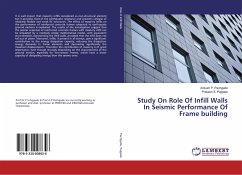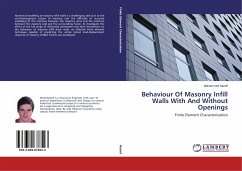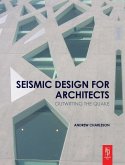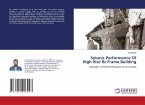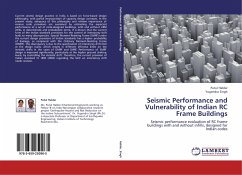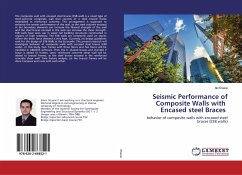It is well known that masonry infills considered as non-structural element but it provides most of the earthquake resistance and prevents collapse of relatively flexible and weak RC structures. The effect of masonry infills on the performance of reinforced concrete frames subjected to earthquake ground motions is explained. The results of the investigation suggest that the seismic response of reinforced concrete frames with masonry infill can be simulated by a relatively simple mathematical model, with equivalent strut elements representing the infill walls, provided that the infill does not fail out of plane. Moreover, infills, if present in all storeys, give a significant contribution to the energy dissipation capacity, reducing the dissipation energy demands in frame elements and decreasing significantly the maximum displacements. Therefore the contribution of masonry is of great importance, even though strongly depending on the characteristics of the ground motion, especiallyfor non-seismic frames, which have a lower capacity of dissipating energy than the seismic ones.
Bitte wählen Sie Ihr Anliegen aus.
Rechnungen
Retourenschein anfordern
Bestellstatus
Storno

